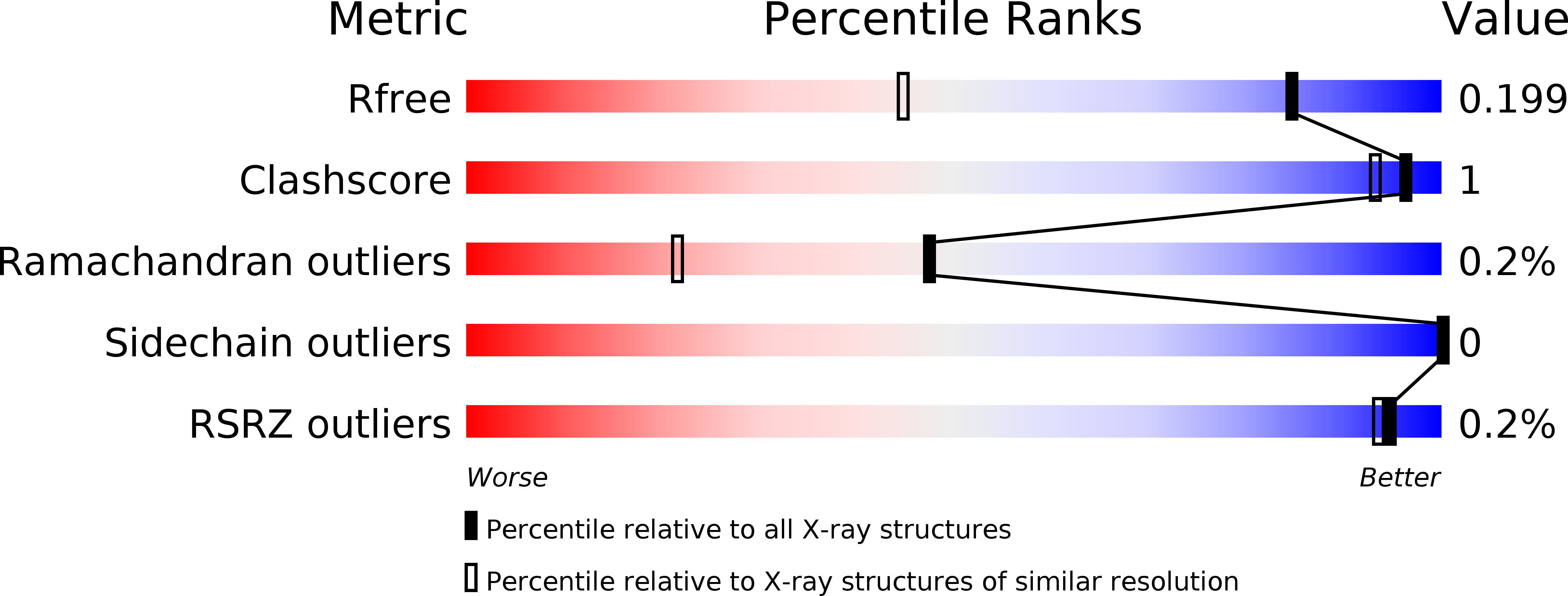
Deposition Date
2017-05-24
Release Date
2018-02-21
Last Version Date
2024-11-06
Entry Detail
PDB ID:
5VXR
Keywords:
Title:
The antigen-binding fragment of MAb24 in complex with a peptide from Hepatitis C Virus E2 epitope I (412-423)
Biological Source:
Source Organism:
Hepatitis C virus (Taxon ID: 11103)
Mus musculus (Taxon ID: 10090)
Mus musculus (Taxon ID: 10090)
Method Details:
Experimental Method:
Resolution:
1.40 Å
R-Value Free:
0.19
R-Value Work:
0.17
R-Value Observed:
0.17
Space Group:
I 1 2 1


